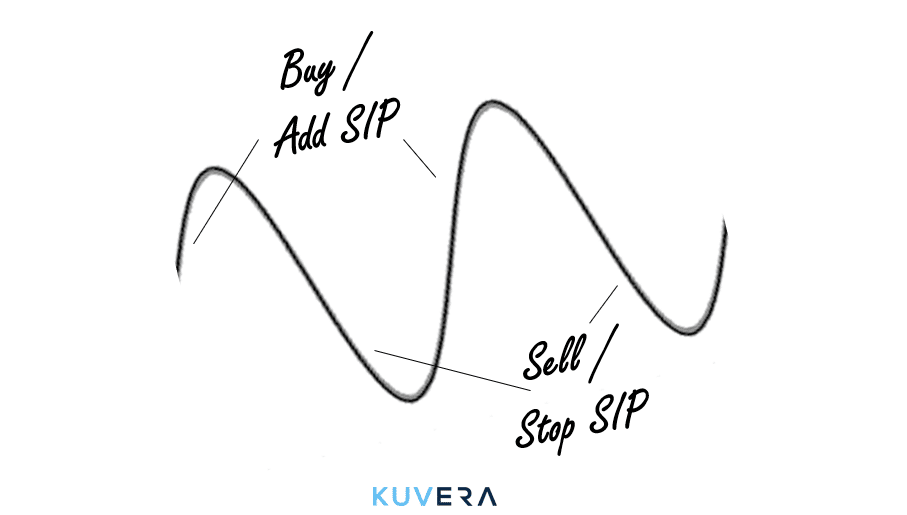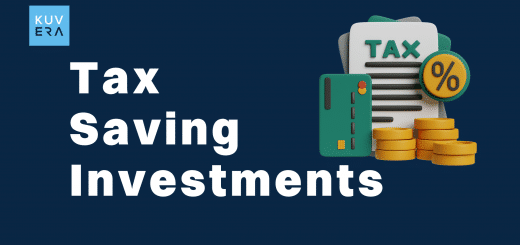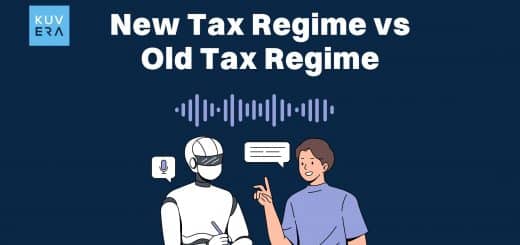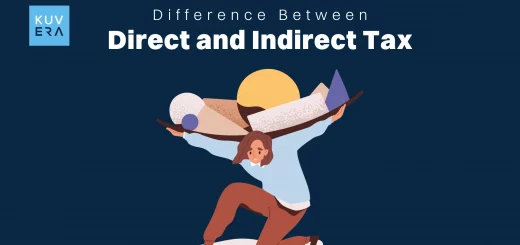Equity Linked Saving Schemes (ELSS) are a category of Mutual Funds that get special tax treatment under Section 80C of the Income Tax Act 1961. Under this act investment up to Rs 1.5 lakh in ELSS Mutual Fund schemes are tax-exempt, for which eligible taxpayers can lead to a tax saving of up to Rs 46,800. To get this benefit the investor must hold the scheme for a minimum of three years and can only sell the investment thereafter, something popularly called a lock-in period.
As the ELSS schemes invest in market-linked instruments, they have achieved higher returns in the past compared to other investments that qualify for Section 80C. While investors may expect 6-8 per cent returns in other qualifying instruments such as PPF, NSC or NPS, the expectations from ELSS is to provide 2-3 per cent higher returns in the medium to long duration. This higher return comes with a larger uncertainty that the return will be achieved so it is important that you invest with a longer time horizon in ELSS schemes.
ELSS also has a much shorter lock-in period, only three years, compared to other investment avenues under Section 80C. Given all these benefits ELSS have become a popular tax-saving tool, but that’s only part of the story. Till recently, up to 2006, the maximum deduction for ELSS schemes was only Rs 10,000. One of the driving reasons to increase the limit was to incentivise investors to become public markets investors. And it worked like how. ELSS schemes AUM growth is a testament that investors took the incentive with both hands. For a lot of investors, ELSS schemes are usually the first equity investment they make. And the design of ELSS is perfect for investors to get a feel of what equity market investing is all about.
The lock-in for ELSS is not long enough to qualify it as a serious retirement instrument. But it is just long enough for investors to see enough ups and downs in the equity market and become comfortable in holding equity investments and hopefully managing their emotions around it.
This helps in two ways.
Seasoned investors know that short-term movements of the markets are random and are not unnerved by these moves. However, new investors can get scared by a 10 per cent loss and may stop investing forever and never get to see the fruits of equity market investing. A three-year lock-in forces the investor to manage their emotions around the random ups and downs of the markets and build an individual process to either ignore it or cope with it. This, in turn, is also training them to be long term equity market investors outside the ELSS framework.

Even seasoned investors can fall prey to chasing returns. Even as the past return has no bearing on the future return of schemes, investors continue to pay disproportionate weight on past returns when deciding to choose which fund to invest in. And this continues in how they rebalance their portfolio. So, we see behaviour where investors don’t let their investments to play out but churn them – selling out after some bad returns and buying back in after some good returns. This churn eventually leads to underperformance in the investor’s portfolio which is also called the “behaviour gap”.
Researchers have estimated that chasing short term performance and the resultant behaviour gap leads to a 1.5-2 per cent per year underperformance in returns compared to investors sticking with their investments.
The three-year lock-in avoids this. It lets an investor see the full three-year cycle from the sidelines without being able to make any changes. This forced inaction is a good thing – it teaches patience which is incredibly valuable for a long-term equity investor.
Most investors come for a good helping of tax breaks and invest in ELSS, but we believe the true benefit of ELSS is that it can help convert you into a long-term equity investor. If you have not used ELSS as an instrument for tax saving, then do give it a go. It is an easy way to get paid for trying your hand at equity investing. While a one-time tax break is a good thing, the lifelong excess returns earned by graduating to equity investments is the real benefit for your savings.
*This article was first published in OutlookIndia
Interested in how we think about the markets?
Read more: Zen And The Art Of Investing
Watch/hear on YoutTube:
Start investing through a platform that brings goal planning and investing to your fingertips. Visit kuvera.in to discover Direct Plans and start investing today.
#MutualFundSahiHai, #KuveraSabseSahiHai!










